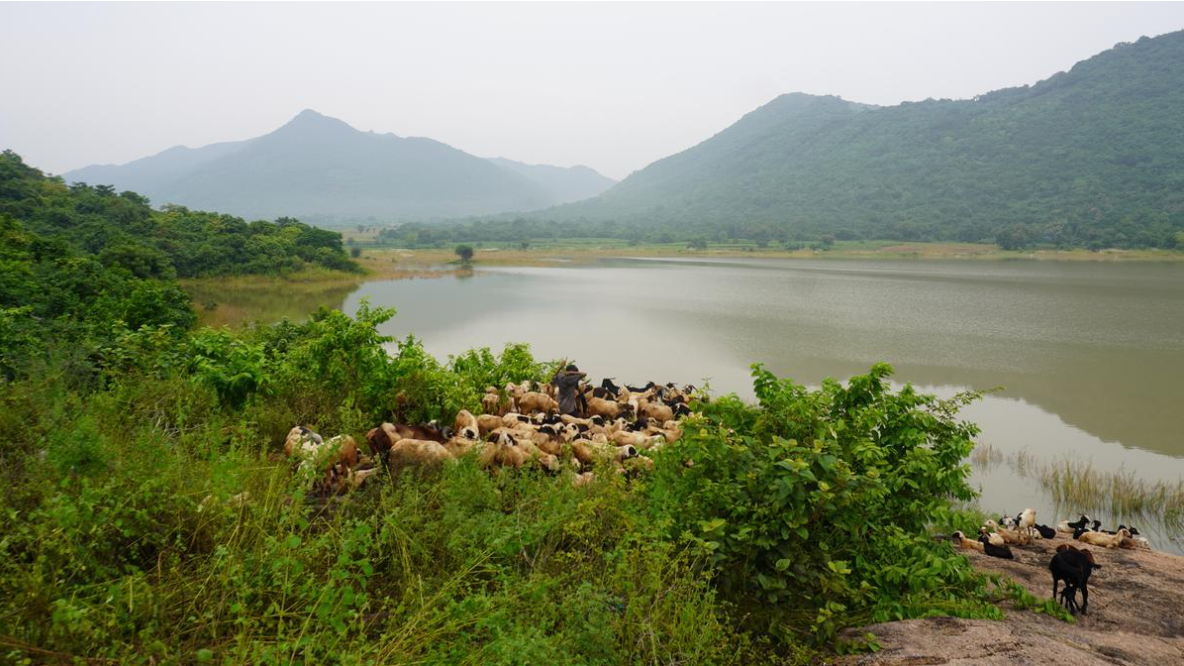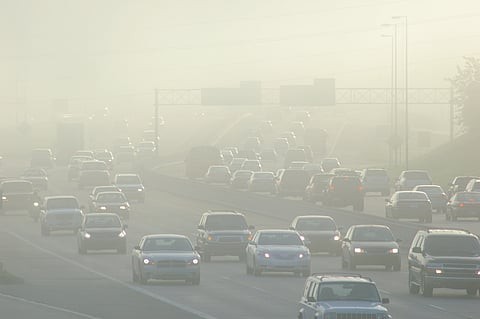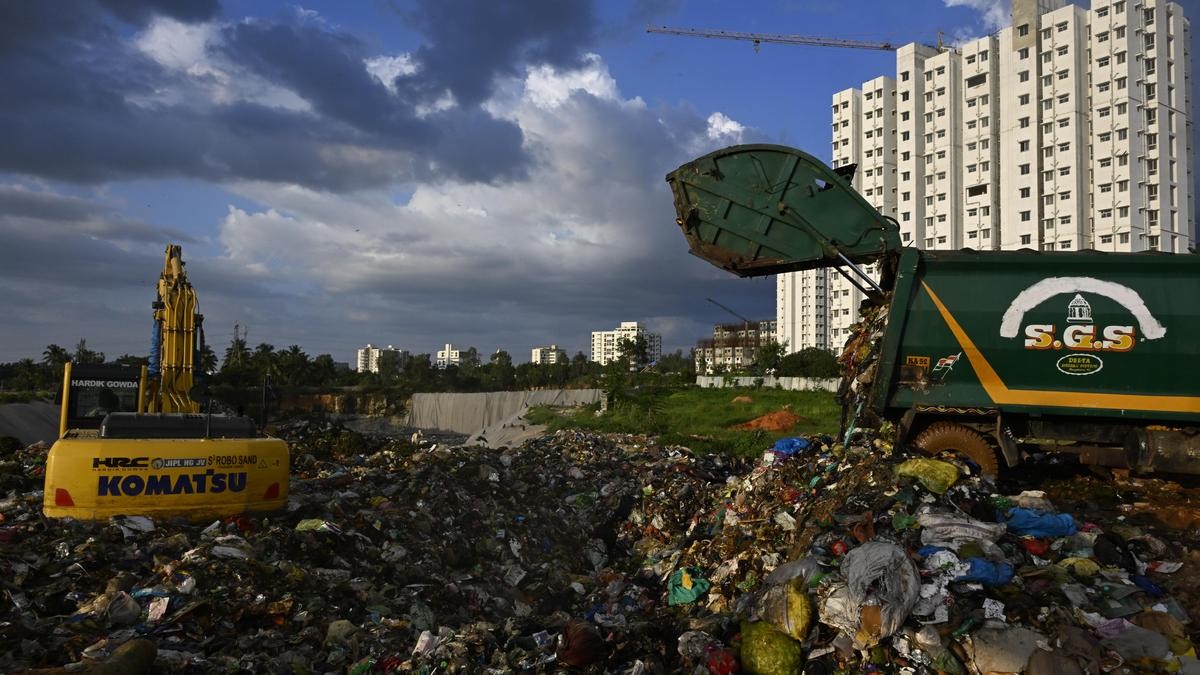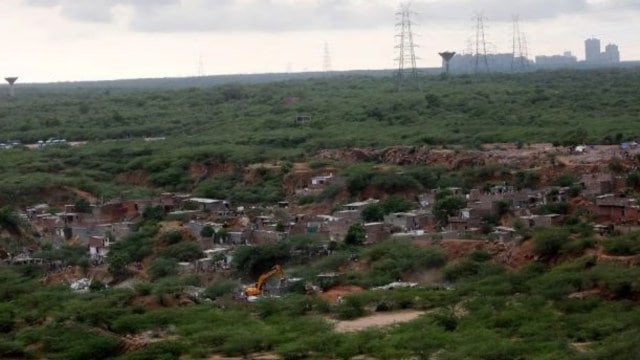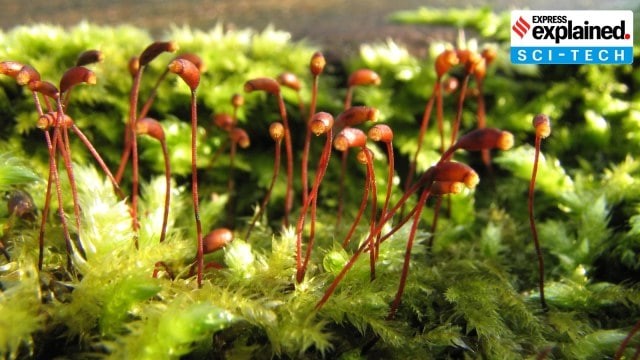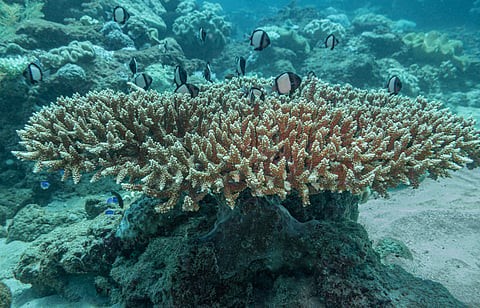Description
Copyright infringement not intended
Picture Courtesy: The Hindu
Context:
Andhra Pradesh Power Generation Corporation Limited (APGENCO) proposed 3,200 MW supercritical coal-based thermal power project in the chelam hill range is facing strong opposition from the forest-dependent Savara and Jatapu tribal communities.
Why we need to maintain a balance between development and environment?
Achieving balance is essential for sustainable development over the long term. It allows economic growth, social equity, and environmental protection to work together, benefiting both current and future generations. This balance helps conserve natural resources, reduces environmental harm such as climate change and pollution, and protects biodiversity.
Multi-dimensional impact of maintaining a balance between development and the environment:
Environmental Impact
- Conservation of Natural Resources: Sustainable practices ensure that resources like water, forests, and fossil fuels are used responsibly, preserving them for future generations. The status of natural resource conservation is critical because resource extraction could increase by 60% by 2060. (Source: UNEP)
- Climate Regulation: Balanced development reduces greenhouse gas emissions, helping to combat climate change. The Paris Agreement, adopted in 2015, aims to limit global temperature rise to well below striving for (Source: UNSD)
Economic Impact
- Sustainable Growth: Green technologies and sustainable industries create long-term economic opportunities and jobs. The ILO predicts the transition could create 24 million new global jobs by 2030 (Source: ILO)
Social Impact
- Public Health: Cleaner air, water, and food sources lead to better health outcomes and lower healthcare costs. Air Pollution is a major cause of premature death, with an estimated 8.1 million deaths attributed to air pollution worldwide in 2021. (Source: UNESCO)
Technological and Innovation Impact
- Innovation Drive: The need for sustainable solutions accelerates innovation in clean energy, green infrastructure, and efficient technologies.
Political and Institutional Impact
- Policy Development: Encourages governments to adopt long-term, inclusive planning frameworks. SDG 10 (Reduced Inequalities) - Specifically advocates for the social, economic, and political inclusion of all people, regardless of age, sex, disability, race, or other status.
Current status of India in maintaining balance between Environment and development:
- India has emerged as a global leader in renewable energy, currently holding the third position worldwide. The country has set an ambitious target of achieving 450 gigawatts of renewable energy capacity by the year 2030. (Source: The Hindu)
- India has committed to reaching net-zero emissions by 2070 and is actively pursuing strategies to separate economic development from carbon emissions. Key initiatives supporting this goal include the National Solar Mission and the Smart Cities Mission. (Source: The Hindu).
- India's forest cover has grown by over 12,000 square kilometres in the last seven years, according to the TERI report.
- The Supreme Court has upheld environmental accountability.
Challenges in achieving a balance between Development and Environment:
- Deforestation and Loss of Wildlife Habitats: The accelerated pace of urbanization and infrastructure development has led to extensive deforestation and the destruction of wildlife habitats. Sensitive areas like the Hasdeo Aranya forest in Chhattisgarh highlight the tension between economic development and conservation. According to the FAO, India lost approximately 668,000 hectares of forest annually between 2015 and 2020. (Source: Global Forest Resource Assessment (GFRA) 2020.).
- Industrial expansion - Emissions from factories, power plants, and an increasing number of vehicles are significant contributors. In 2023, 39 of the world’s 50 most polluted cities were in India and cities such as Delhi and Kanpur consistently record PM2.5 levels far above WHO safety limits. (Source: The Hindu).
- Water Scarcity and Overuse of Groundwater: India’s dependence on groundwater for agriculture and industry has reached unsustainable levels, According to NITI Aayog, 600 million Indians face high to extreme water stress.
- Land Degradation and Soil Erosion: Unsustainable agricultural practices, deforestation, and overgrazing have led to widespread soil erosion and land degradation. Nearly 30% of India’s total land area is degraded, amounting to around 100 million hectares. (Source: The Hindu)
- Climate Change and Rising Extreme Weather Events: Development activities, especially in the energy and transport sectors, have led to higher greenhouse gas emissions. India contributed to 8% of global emissions in 2023, with a 1% increase in national GHG output. (Source: The Indian Express)
Government measures in achieving a balance between Development and Environment:
- Renewable Purchase Obligation (RPO): It’s a regulatory mechanism that mandates energy companies, like distribution companies (DISCOMs), to purchase a certain percentage of their total electricity consumption from renewable energy sources.
- Integration of Smart Cities Mission with sustainable urban drainage systems, urban forestry, and renewable-powered public transportation.
- “Green Tax” on old vehicles which are polluting the environment.
Way Forward:
- Encourage industries to adopt clean technologies, energy efficiency measures, and waste-to-resource models.
- Accelerate the shift from fossil fuels to solar, wind, and hydropower through targeted investments and subsidies.
- Implement integrated solid waste management systems in urban areas with a focus on segregation at source and waste-to-energy initiatives.
Source: The Hindu
|
Practice Question
Q. Critically examine the key environmental challenges emerging from India’s development goals and suggest a comprehensive way forward to achieve a balance between growth and ecological conservation. (250 words)
|
Frequently Asked Questions (FAQs)
Balancing development with environmental protection ensures long-term sustainability, safeguards natural resources, and improves public health.
- Deforestation and habitat loss
- Air and water pollution
- Land degradation and desertification
- Marine and coastal ecosystem damage
- National Solar Mission – Promotes renewable energy
- Smart Cities Mission – Encourages sustainable urban planning
- National Action Plan on Climate Change (NAPCC) – Includes missions on water, energy, and agriculture




